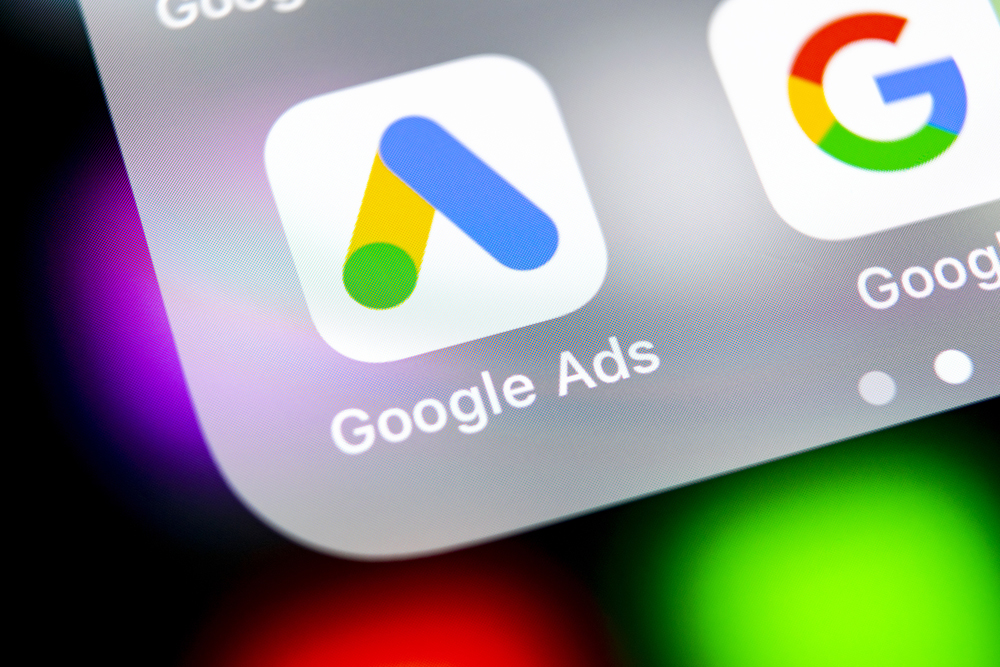Artificial Intelligence (AI) is transforming how businesses operate, especially with tools like Google’s AI-driven search results and advertising campaign types in Google Ads like Performance Max. While these advancements bring convenience and automation, they can also lead to unexpected outcomes if not carefully monitored and managed. One such issue is the impact of leaving outdated web pages on your web server.
This seemingly minor oversight can have serious repercussions, including misleading AI-generated search snippets, inaccurate ad content, and customer service challenges. Here’s what you need to know to avoid these pitfalls.
The Problem with Outdated Web Pages
Google’s AI and Web Crawling
Google’s AI engine is designed to crawl (or “spider”) everything it finds on your web server. While this comprehensive indexing is key to ensuring your website is discoverable, the AI doesn’t differentiate between current and outdated pages. This can result in old, irrelevant content being factored into search results and even Google Ads ad copy.
For example, imagine you’ve transitioned to a new website but forgot to take down pages from your previous site. Google’s AI may still access these old resources, leading to confusion. This issue becomes even more problematic in AI-driven features like Performance Max Ads and organic AI search snippets, where AI pulls text from available web pages to craft ad content or highlight prominent information in search results.
A Real-Life Example
To illustrate the potential fallout, consider a recent incident involving a doctor who launched a revamped website for their practice. Unfortunately, old pages from their previous site were left on the server. These outdated pages mentioned a service the doctor no longer provided.
Here’s how the situation spiraled:
- AI-Generated Ad Content
Google’s Performance Max Ads generated ad copy referencing the outdated service. The AI pulled this information from the old pages, resulting in promotional ads for a service the doctor didn’t offer. It is important to know that you cannot see all versions of AI generated ad text in the Google Ads control panel. Google Ads may even create campaign ID’s that are not displayed in your account leading to further problems in trying to solve an issue.
- Organic Search Snippet Issues
AI snippets in organic search results also prominently mentioned the outdated service. To make matters worse, the snippets referenced promotional offers and price points pulled from another doctor’s website. However, the way the information was presented at the top of the Google search results page, it made it seem like the offers were linked to the physician’s practice.
- Customer Confusion
Customers searching for this service began reaching out to the doctor, expecting to book an appointment. When they found out the service wasn’t offered, it created a poor customer experience and eroded trust in the business.
This scenario highlights how leaving outdated pages on your server can cause real-world problems for businesses and professionals leveraging AI tools.
Why This Happens
AI-driven tools, such as Google’s algorithms, operate based on the data they find. They are not inherently “intelligent” in discerning outdated or incorrect information. Their primary goal is to provide the most relevant content based on keywords and user queries. If outdated web pages exist on your server, the AI assumes that data is still current and valid, incorporating it into both search outputs and advertising frameworks.
The Potential Consequences
Failing to address old web pages can result in:
- Misinformation in AI Search Results
Outdated content can confuse potential customers and damage your reputation if it’s tied to services or products you no longer offer.
- Flawed Ad Text in Performance Max Ads
AI-generated ad campaigns may promote irrelevant services or products, leading to wasted ad spend and frustrated customers.
- Customer Service Challenges
Misinformation from AI tools can lead to a barrage of inquiries for services you don’t provide, diverting your team’s time and resources.
- Brand Credibility Issues
When users encounter misleading or inconsistent information about your brand, it can erode trust and impact your industry reputation.
How to Avoid These Pitfalls
Preventing these issues starts with proactive website server management. Here’s how you can safeguard your brand from unintended AI consequences:
- Audit Your Web Server Regularly
Perform routine audits of your web server to identify and remove outdated pages. A tool like the Google Search Console can help you discover pages still indexed in search engines.
- Set Up Redirects
If old URLs have been indexed by Google, use 301 redirects to guide users (and search engines) to current pages. This ensures no one lands on outdated content.
- Use Robots.txt and Meta Tags
To prevent search engines from crawling outdated pages, update your robots.txt file or add a noindex meta tag to those pages. But better yet, remove the page from the server entirely and use a 401 notification and even block the old file URL in your robots.txt file.
- Monitor Performance Max Ad Copy
Regularly review the ad copy generated by Google’s Performance Max campaigns to ensure accuracy. If you notice AI pulling incorrect details, address the source of the content immediately.
- Plan Before a Website Transition
If you’re launching a new website, work with your development and SEO teams to decommission the old site properly. Remove all outdated content from your server before going live with a new website.
- Stay Up to Date with AI Tools
Google and other platforms frequently update their AI algorithms. Follow their announcements to stay informed about changes that could affect your search or advertising performance.
Take Control of AI for Better Results
AI tools like Google’s search and ad platforms are incredibly powerful, but they work best when supplied with accurate and up-to-date information. By actively managing your web presence and eliminating outdated content, you can ensure AI serves your business rather than misrepresenting it.
Don’t allow something as simple as forgotten web pages to create confusion, damage your reputation, or waste valuable marketing resources. Take these steps today, and keep your business positioned for success in an AI-driven world.
For more insights into AI search and ad strategies, or for help optimizing your business content, subscribe to our blog or get in touch with our experts.
If you are a one of our customers, ask us for a server review to assure that old pages and archived content do not exist and that services or products no longer offered are not archived on your web server.




